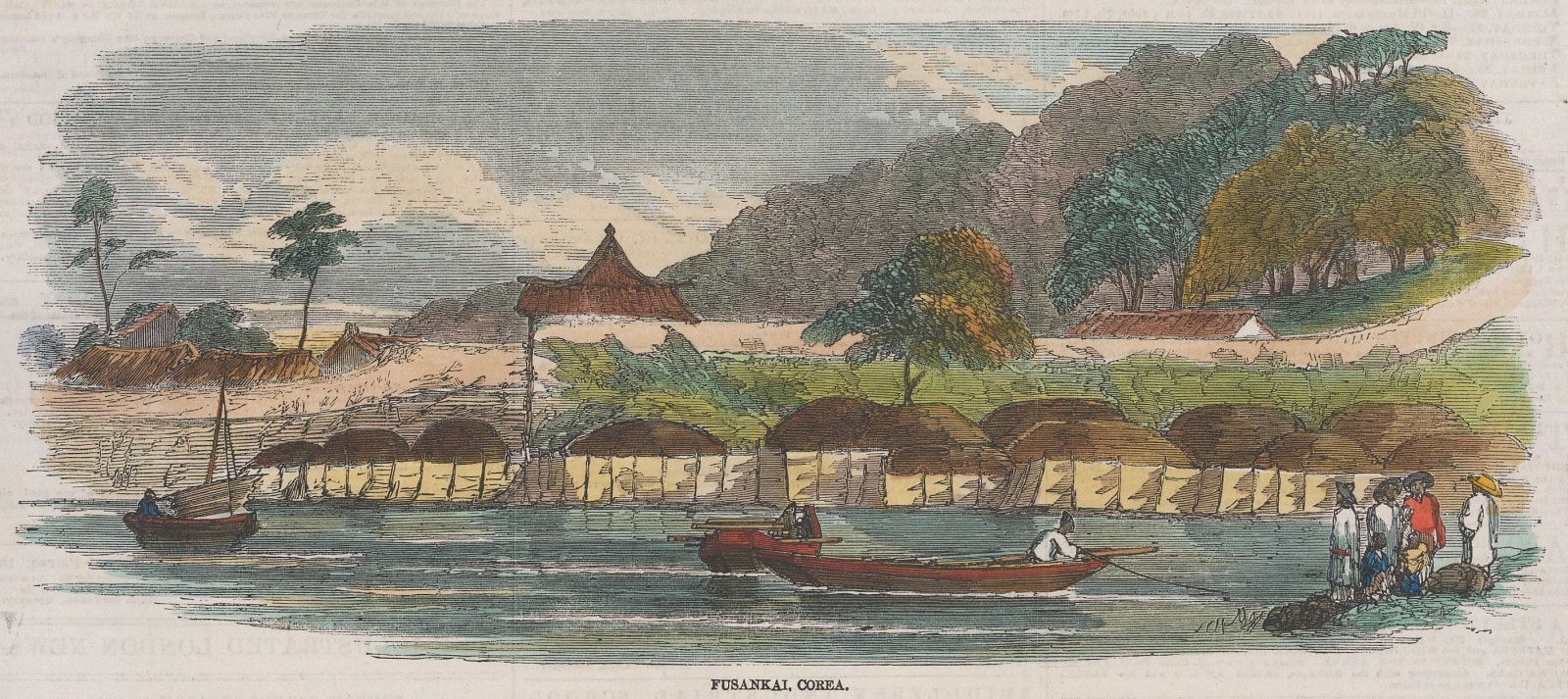- All
- AFRICA
- ▪ Central Africa
- ▪ East Africa
- ▪ North Africa
- ▪ Southern Africa
- ▪ West Africa
- ▪ Atlantic Islands
- AMERICAS
-
▪ United States (USA)
- USA - East
- USA - Midwest
- USA - Northeast
- USA - Southeast
- USA - West & Southwest
- Alabama
- Alaska
- Arizona
- Arkansas
- California
- Colorado
- Connecticut
- Delaware
- Florida
- Georgia
- Hawaii
- Idaho
- Illinois
- Indiana
- Iowa
- Kansas
- Kentucky
- Louisiana
- Maine
- Maryland
- Massachusetts
- Michigan
- Minnesota
- Mississippi
- Missouri
- Montana
- Nebraska
- Nevada
- New Hampshire
- New Jersey
- New Mexico
- New York
- New York City
- North Carolina
- North Dakota
- Ohio
- Oklahoma
- Oregon
- Pennsylvania
- Rhode Island
- South Carolina
- South Dakota
- Tennessee
- Texas
- Utah
- Vermont
- Virginia
- Washington
- Washington, D.C.
- West Virginia
- Wisconsin
- Wyoming
- ▪ North America
- ▪ South America
- ▪ Caribbean
- ASIA
- ▪ East Asia
- ▪ Southeast Asia
- ▪ India & South Asia
- ▪ Middle East & Turkey
- BRITISH ISLES
- ▪ London
-
▪ England
- English Cities
- Bedfordshire
- Berkshire
- Buckinghamshire
- Cambridgeshire
- Cheshire
- Cornwall
- Cumbria
- Derbyshire
- Devon
- Dorset
- Durham
- Essex
- Gloucestershire
- Hampshire
- Herefordshire
- Hertfordshire
- Huntingdonshire
- Isle of Wight
- Kent
- Lancashire
- Leicestershire
- Lincolnshire
- Middlesex
- Norfolk
- Northamptonshire
- Northumberland
- Nottinghamshire
- Oxfordshire
- Rutland
- Shropshire
- Somerset
- Staffordshire
- Suffolk
- Surrey
- Sussex
- Warwickshire
- Wiltshire
- Worcestershire
- Yorkshire
- Yorkshire East Riding
- Yorkshire North Riding
- Yorkshire West Riding
- ▪ Ireland
- ▪ Scotland
- ▪ Wales
- EUROPE
- ▪ Austria & Switzerland
- ▪ Benelux Region
- ▪ Central & Eastern Europe
- ▪ France & Monaco
- ▪ Germany
- ▪ Greece
- ▪ Italy
- ▪ Mediterranean Sea
- ▪ Spain & Portugal
- ▪ Scandinavia & Baltics
- ▪ Russia, Ukraine & Caucasus
- OCEANIA
- ▪ Australia
- ▪ New Zealand
- ▪ Pacific Ocean & Islands
- ▪ Papua New Guinea
- POLAR
- CELESTIAL
- WORLD
- GLOBES & INSTRUMENTS
- THEMATIC
- COLLABORATIONS
Illustrated London News (ILN)
11 x 24 cm
During the 19th century, the United Kingdom was uniquely placed with its expanding and reliable communication network and a population with both money and an interest in current affairs to encourage one of the greatest ventures of publishing, the Illustrated London News. Although there were various newspapers available at the time, they were rarely illustrated, a gap in the market seized upon by Herbert Ingram when he issued the first copy in1842. At half a shilling, the paper was geared towards the expanding middle classes at whom advertising could also be directed.
The ILN was an instant success and from the outset could be bound into usually six-monthly volumes in the publisher’s cloth or more expensive leather. The paper’s focus was on national issues but it also sent correspondent-artists abroad and expanded its content well beyond politics to the Arts and Sciences to sports to tours abroad, anything that could be of interest to its readers. It issued limited supplements to encourage the take up of subscriptions with double pages and the fold out supplements intended to be hung on walls as artwork. The ILN had its own paper mill to ensure quality and was continually developing its presses to more exactly produce illustrations. As printing techniques and communication improved and taxes on advertising and paper were abolished, even more newspapers began appearing; by 1855 168 new ‘penny’ papers were being published. However, the majority had a substantially smaller circulation then the ILN, which became successful enough to purchase rivals The Illustrated Times and Pictorial Times.
In 1860 Ingram and his eldest son were killed in a steamboat collision in the United States but the paper retained its position under his widow and heirs and was particularly able to capitalise on the public interest in the military campaigns of the Crimean War and all subsequent wars and operations to the end of the century. Dispatches were sometimes sent by balloon and were often the only illustrations of events immediately available. The greatest threat to the supremacy of the ILN came in 1869 with the publication of The Graphic Magazine. The penny papers were increasingly focused on sensational news starting with the Jack the Ripper case in the late 1890s and utilised photographic techniques for illustration; these techniques were rarely used at the ILN until 1887 when the process for high quality reproducing became viable but by which time the ILN increasingly relied upon advertisements for income. As its circulation declined and unable to compete with either sensationalism, modern artistry or more thorough journalism, it increasingly focused on fiction with dramatic illustrations and large fold outs of famous paintings.
WWI brought an uplift in the fortunes of the ILN as it returned with its trusted formats and experienced war correspondents but the material and labour costs required a considerable increase in price. The ILN survived the Great Depression (The Graphic folded in 1932) and returned yet again as trusted correspondent in WWII. It would be the only weekly paper to survive post war but its circulation continued to shrink until it became a monthly, then a bi-annual until finally ceasing publication altogether in 2003.
- X
- Tumblr
Join our mailing list
* denotes required fields
We will process the personal data you have supplied to communicate with you in accordance with our Privacy Policy. You can unsubscribe or change your preferences at any time by clicking the link in our emails.
Contact
The Map House
54 Beauchamp Place,
London SW3 1NY,
United Kingdom
maps@themaphouse.com
+44 (0)20 7589 4325

This website uses cookies
This site uses cookies to help make it more useful to you. Please contact us to find out more about our Cookie Policy.
Join our mailing list
* denotes required fields
We will process the personal data you have supplied to communicate with you in accordance with our Privacy Policy. You can unsubscribe or change your preferences at any time by clicking the link in our emails.

